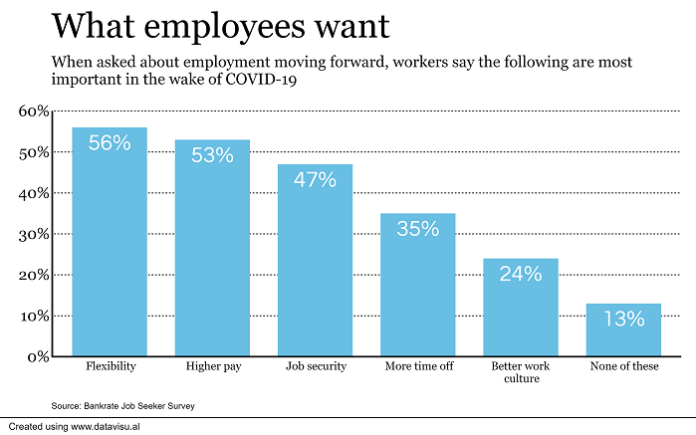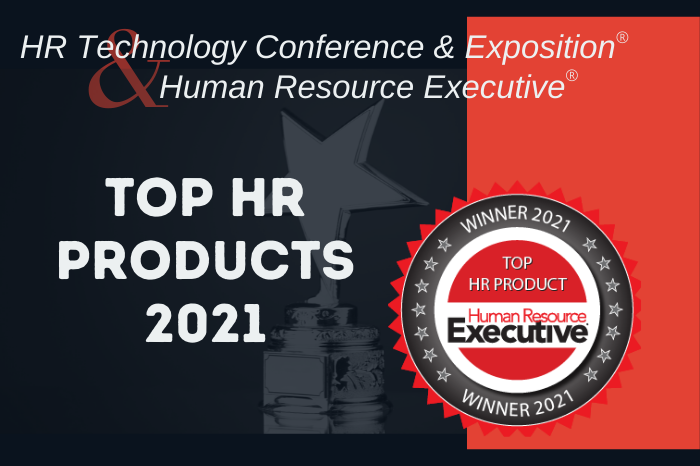Employers across the country have seen various studies suggesting as many as 95% of workers are considering changing jobs and that 92% would be willing to switch industries to land a new position. Is it time to panic?
Though the future is hard to predict, Mark Stelzner, founder and managing principal at IA and one of HRE’s Top 100 HR Tech Influencers, doesn’t think it’s time to panic. He says HR leaders and employers should remain calm and keep their minds open.
The term “Great Resignation,” in fact, predates the pandemic and was coined by Anthony Klotz, an associate professor of management at Texas A&M University’s Mays Business School in 2019 as employees sought more flexibility and mobility in their lives, said Mary Faulkner, a principal at IA.
“It’s out there, you can’t escape it,” she said during a recent HRE webinar titled The Great Resignation: Challenge or Opportunity? “Article on top of article, anywhere from 55%-90% of Americans will quit their job. The thing to keep in mind: We’ve been here before.”
After the dot.com bubble burst and the ensuing Great Recession, employers saw quit rates go up, Faulkner said. And keep in mind that “considering leaving” is not the same as “actually leaving.”
“Any person could be considering leaving their job on any given day,” she said. “If you look at annual quit rates over past five years, what you’ll see is they’ve remained steady and remained well below that 55%-90% percent consideration.”
Still, CHROs can take steps to be a destination employer to help retain top workers.
“[Employees’] focus has changed,” Stelzner said. “Americans value workplace flexibility amid a pandemic.” He pointed to a recent Bankrate survey identifying that flexibility along with increased pay and job security as the leading drivers of employment.
Faulkner, also one of HRE‘s Top 100 HR Tech Influencers, noted that where HR’s focus has been in recent years–on culture and meaning–is different from where employees are today. “If you ask people now, who have been through what we’ve all been through, flexibility, pay and job security: That’s what people are looking for now.
“When you think about how we’re going to attract/retain talent, culture is great, but those top three are foundational to that culture,” she said. “If you don’t have great pay, it doesn’t matter how wonderful your culture might be, you need that bare minimum for people to be there.”
And, she said, be intentional in your recruitment strategies. Right now, some employers are attracting employees with big perks, like sign-on bonuses or new iPhones. “While those are attention-grabbing,” she said, “I’m not sure they’re tied to a meaningful relationship with employees.”
 Employers instead need to think about their industry and tailor their recruiting strategy accordingly, Faulkner said.
Employers instead need to think about their industry and tailor their recruiting strategy accordingly, Faulkner said.
“If you’re in a service industry, good luck. They’re burned out,” she said. So “lead with how you treat them well, ensure their safety and have their back. And pay them. If they’re so essential, pay them.”
Echoing that sentiment, Stelzner suggested HR live a day in the life of an employee.
“We like to talk in our industry about employee experience, every experience is an employee experience,” he said. “Are the bathrooms clean? Are there places to de-mask and breathe?”
HR leaders should focus on the employee, he said. “Ask for what can make them more comfortable or supportive. Talk to your people.”
To see the full webinar, click here.





